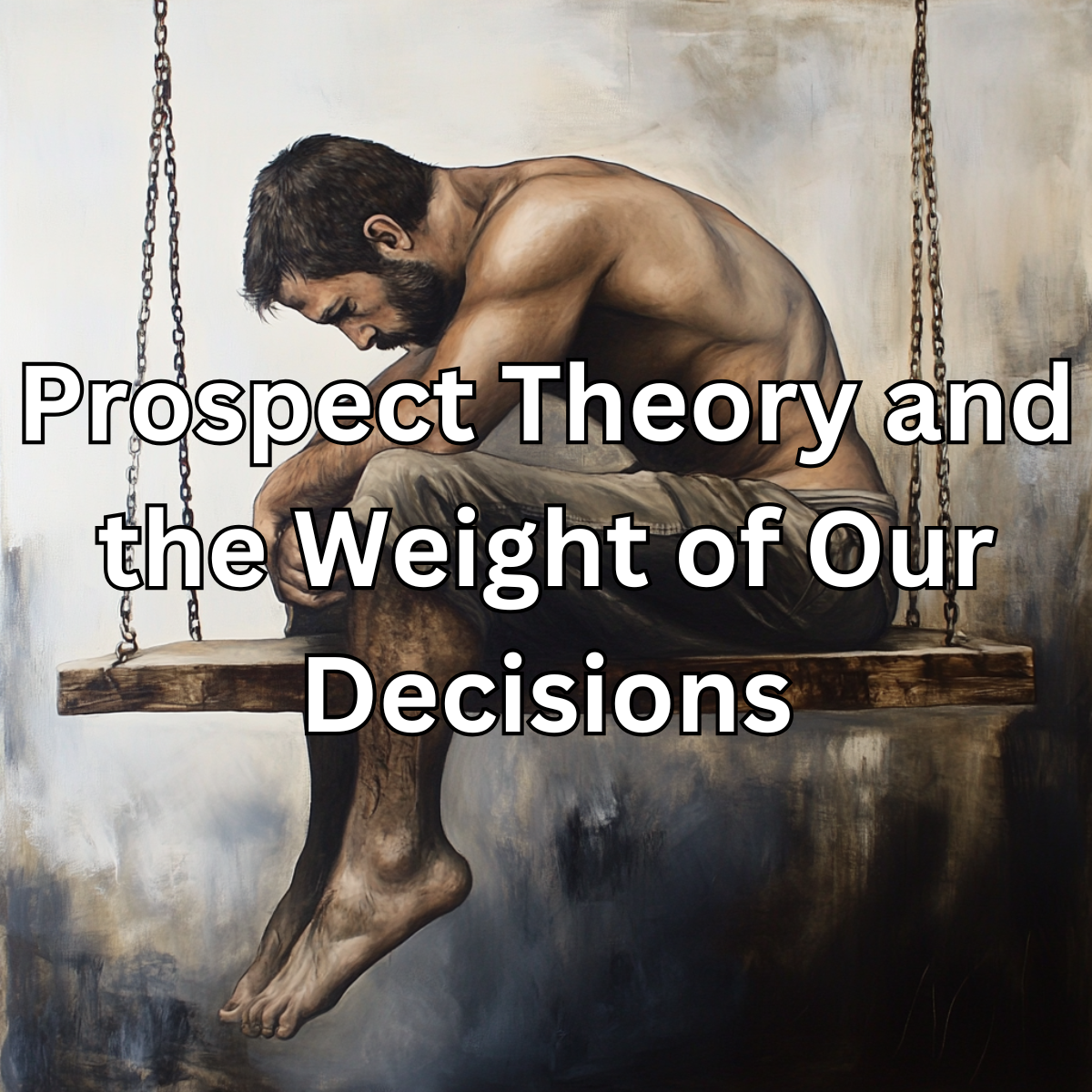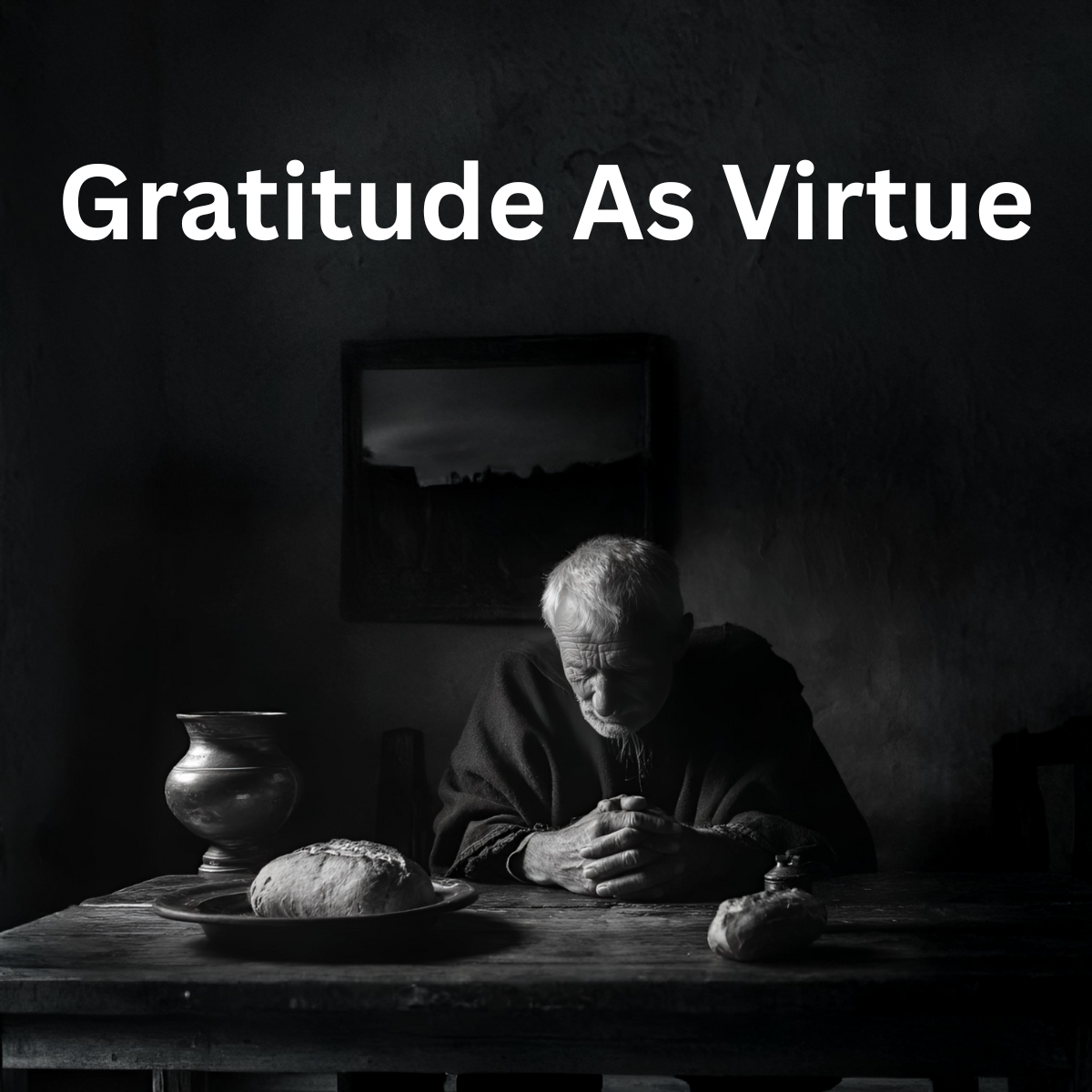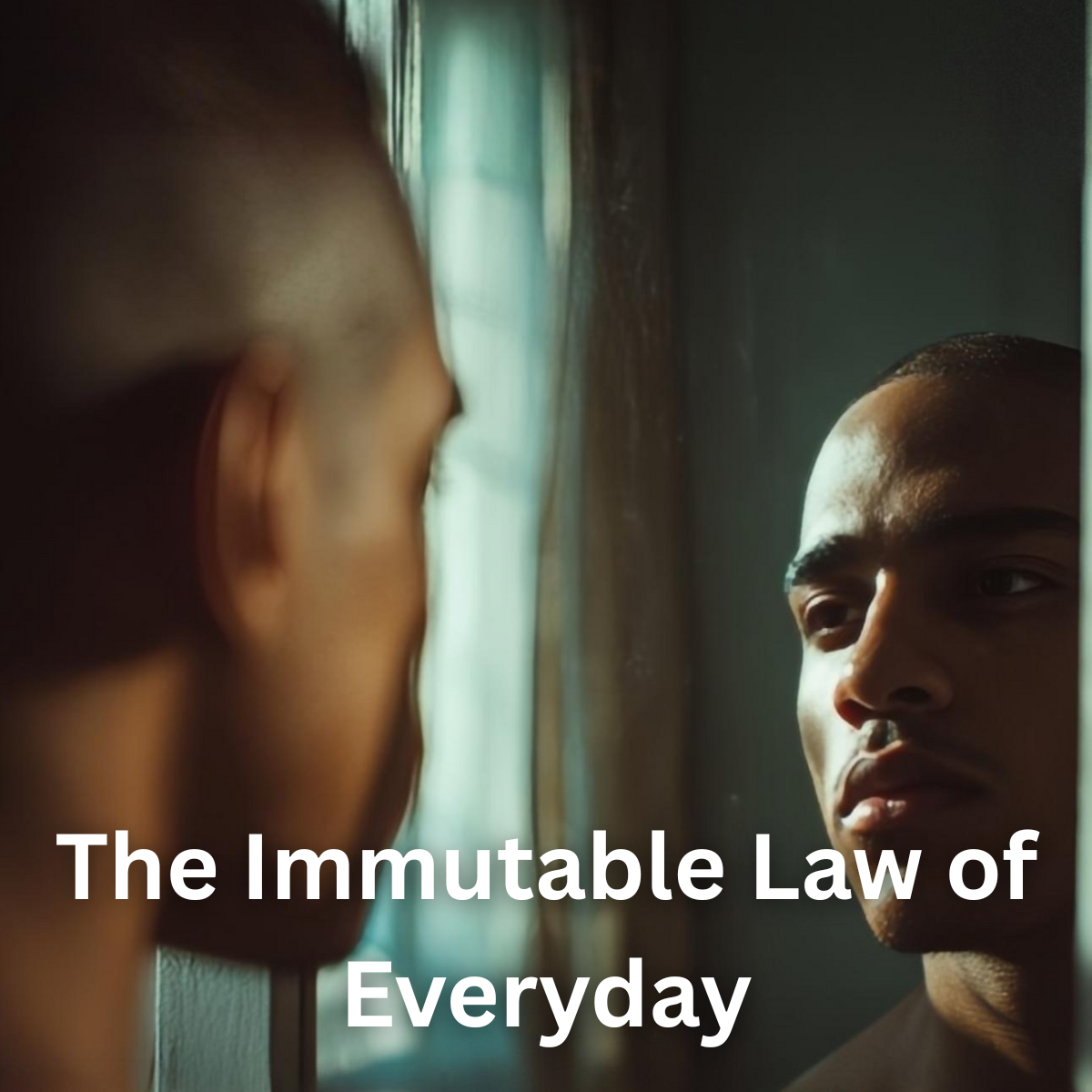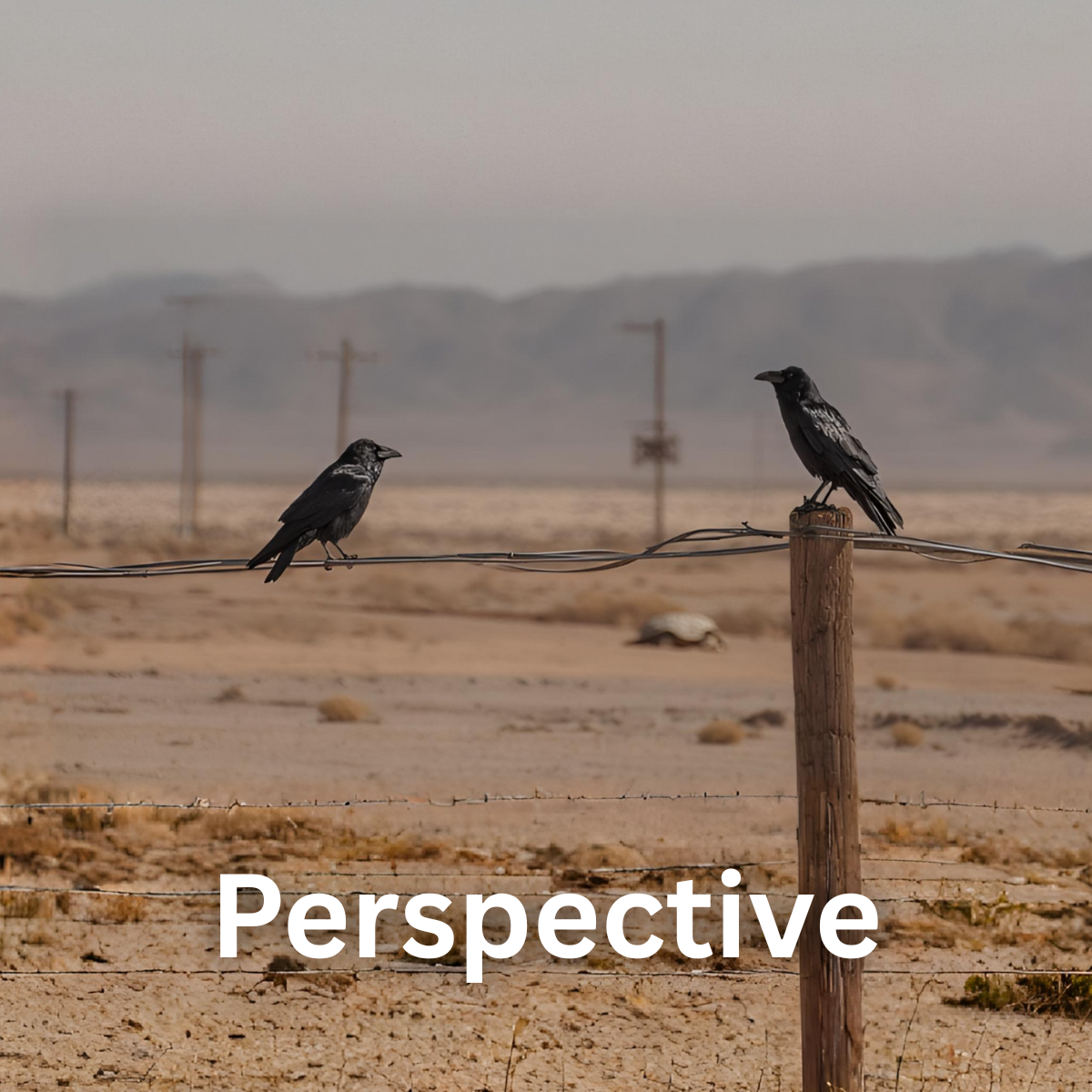One of my favorite ways to challenge my thinking is to dive into studies that have shaped entire industries. Recently, I spent time with one of the most influential pieces of behavioral economics: Prospect Theory: An Analysis of Decision Under Risk by Daniel Kahneman and Amos Tversky (1979). It’s one of those studies that, once you grasp it, you start seeing its effects everywhere—especially in how we make decisions involving risk and reward.
At its core, prospect theory explains why we don’t evaluate potential outcomes rationally. Instead, we distort probabilities in ways that lead to predictable but often irrational behaviors. We fear losses more than we desire equivalent gains. We believe in unlikely windfalls while also avoiding small risks as if they were catastrophic. Understanding these distortions, especially probability weighting, can help us make better choices in business, finance, and even everyday life.
Probability Weighting: Why Our Perception of Risk is Skewed
Probability weighting is one of the most fascinating elements of prospect theory. It describes how we tend to:
- Overweight small probabilities (e.g., overestimating the chance of winning the lottery).
- Underweight large probabilities (e.g., underestimating the likelihood of long-term success from steady effort).
This leads to counterintuitive behaviors. We might take reckless risks when there’s a small chance of a big win—like playing the lottery or gambling on a risky investment. At the same time, we avoid sure bets that carry minor risks—like refusing to invest in a well-diversified fund because of a fear of market downturns.
Real-World Implications
- The Lottery Mindset and Get-Rich-Quick Thinking
Think about how many people spend money on lottery tickets despite the absurdly low odds. The reason? Our brains don’t process probabilities logically. A 1 in 300 million chance feels more tangible than it should. The potential windfall is so compelling that we feel like we might win, even though rationally, we know it’s almost impossible.
- Fear of Remote Risks
On the flip side, people often avoid activities with tiny risks that are perceived as catastrophic. Consider how some people refuse to fly due to a fear of crashing, despite air travel being statistically far safer than driving. The small chance of a disaster looms larger in their minds than it should.
- Risk Aversion in Gains
When people experience a gain, they tend to become risk-averse. If you’ve ever played a game of blackjack and decided to walk away after winning a little money rather than pressing your advantage, you’ve felt this. Even in investing, people often sell stocks too early because they fear losing the gains, rather than riding the wave for greater long-term returns.
How to Improve Decision-Making
Recognizing probability weighting is the first step toward making better decisions. Here’s how we can apply it:
- Reframe Small Probabilities Rationally
If you catch yourself making a decision based on a tiny probability, ask: Am I overvaluing this outcome just because it’s exciting or scary? Whether it’s playing the lottery, fearing a plane crash, or avoiding entrepreneurship due to remote failure risks—challenge the weight you’re assigning to that probability.
- Use Expected Value Thinking
Instead of thinking What if I win? or What if I lose?, shift to What is the expected value of this decision over time? This forces a more rational approach to risks and rewards. Successful investors and business leaders think in terms of long-term probability rather than single outcomes.
- Set Rules for Decision-Making
Because our brains are wired to distort probabilities, having structured decision-making rules can help. For example:
- Commit to investing a set amount each month, regardless of market fluctuations.
- Avoid impulse purchases driven by the allure of rare wins.
- Assess risks logically using data rather than emotion.
- Focus on Long-Term Gains, Not Short-Term Certainty
One of the biggest pitfalls of probability weighting is avoiding long-term opportunities because of minor risks. A great example is career advancement—some people hesitate to take on new responsibilities due to the small chance of failure, even though the long-term benefits of stepping up far outweigh the risks. Learning to lean into probabilities rather than fear them can help us make more courageous, strategic choices.
Final Thoughts
Prospect theory and probability weighting reveal that our decision-making isn’t as rational as we’d like to believe. We chase low-probability wins while avoiding small, manageable risks. But understanding these biases gives us the power to step back, reassess, and make choices based on reality rather than distorted perception.
The next time you’re faced with a decision involving risk—whether it’s an investment, a career move, or even a purchase—pause and ask yourself: Am I weighing this probability correctly? That simple moment of reflection could be the difference between chasing illusions and making a truly smart move.




